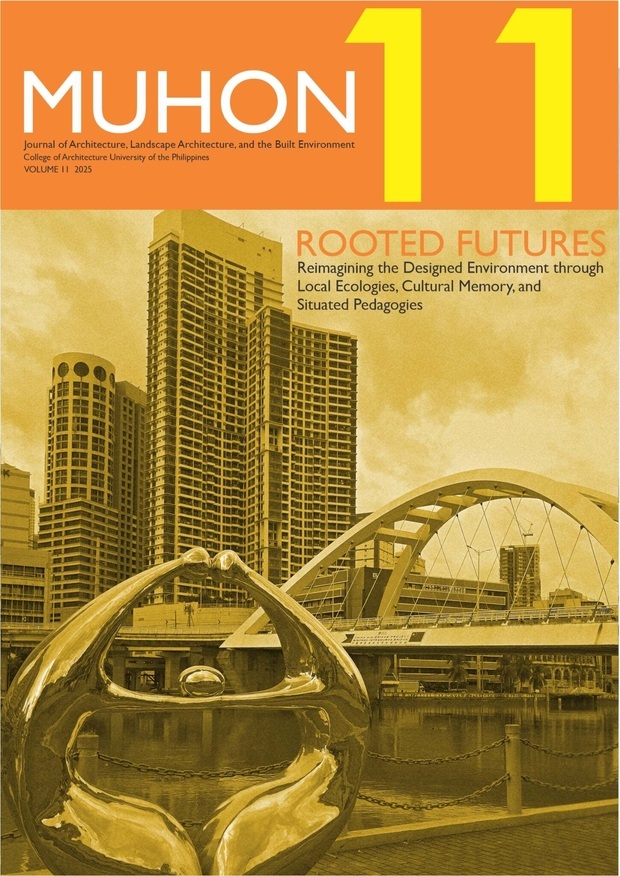Evaluating Thermal Comfort in Tropical Architecture:
A Comparative Study of Shading and Ventilation Strategies in The Corner House (Manila) and The Commons Thonglor (Bangkok)
Abstract
Tropical architecture is an approach that adapts built environments to regions with high temperatures, humidity, and rainfall, employing passive strategies such as shading and ventilation to achieve thermal comfort while minimizing energy use. This study evaluates the effectiveness of shading and ventilation strategies in two community centers located in tropical urban environments: The Corner House in Manila, Philippines, and The Commons Thonglor in Bangkok, Thailand. Using a mixed approach, the study combines qualitative and quantitative data to assess the impact of shading and ventilation strategies on thermal comfort and visitor satisfaction. The study employs a comparative analysis framework that integrates (1) an inventory of design features, (2) performance evaluations of thermal comfort and airflow, and (3) user feedback surveys to highlight the similarities and differences in (1) design approaches, (2) environmental performance, and (3) user experiences. The findings of this study show that while both community centers incorporate climate-responsive design features through shading and natural ventilation strategies, achieving consistent and effective thermal comfort remains a challenge, indicating a more balanced integration of passive and active design strategies and systems. Overall, the study highlights the practical benefits of adaptive shading and ventilation strategies illustrating how both buildings adequately balance functionality, aesthetics, and sustainability. These findings contribute to the broader discourse on sustainable tropical architecture by identifying best practices for climate-responsive design, focusing on improving thermal comfort in community centers within hot and humid urban contexts.
The copyright for the published work belongs to UPCA and its selected publisher. The contributor is free to publish a modified version of the same article in other publications.
The contributor guarantees that :
- the article does not infringe on the copyright or any proprietary right of any other person
- the article contains no libelous or other unlawful matter
- the article makes no improper invasion of the privacy of any other person.





